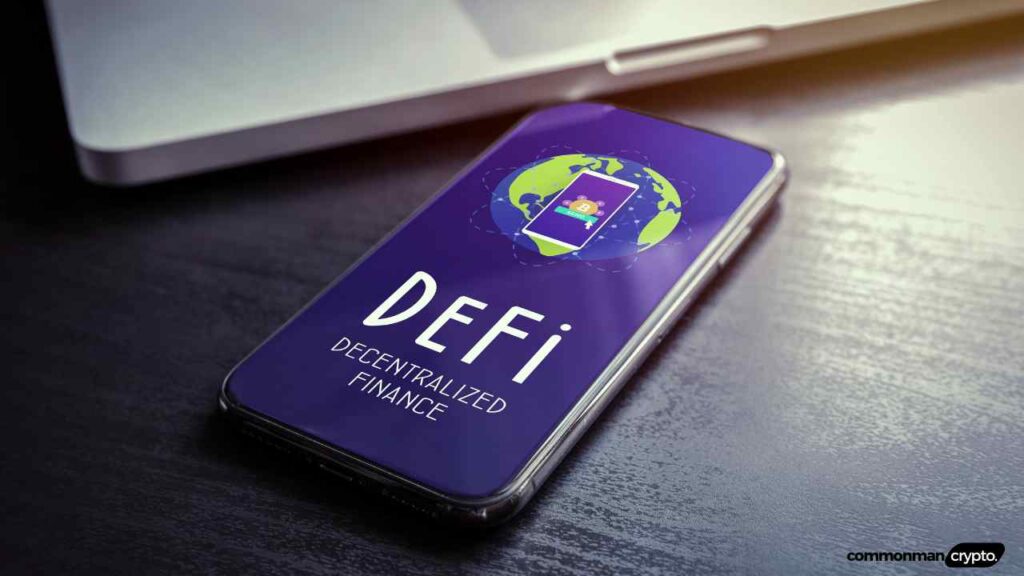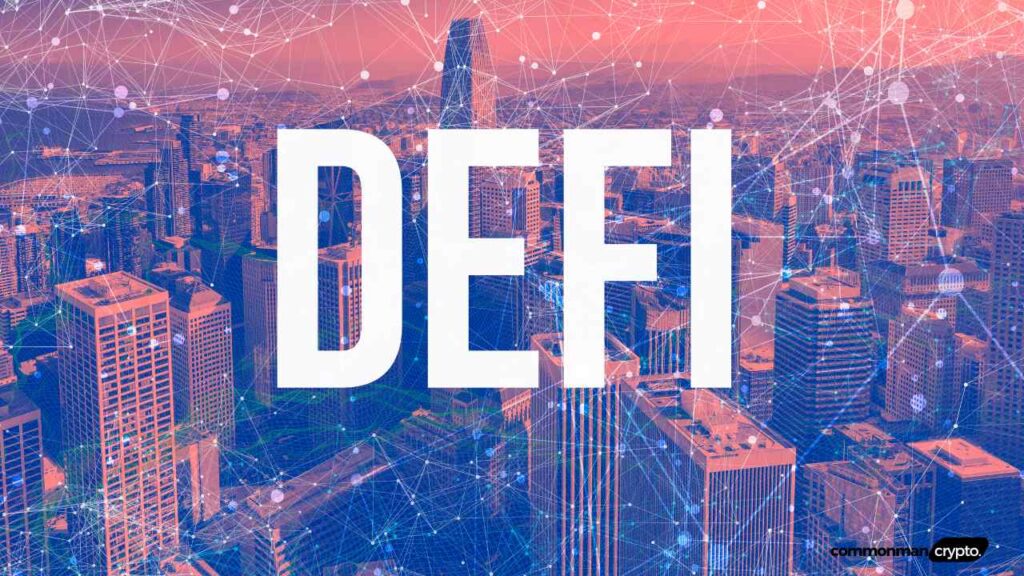Decentralized Finance (DeFi) continues to evolve quickly but faces several significant risks that could impede its expansion and adoption in 2024.
Highlights:
| Risk | Description |
|---|---|
| Regulatory Uncertainty | DeFi faces regulatory uncertainty as governments grapple with regulation without stifling innovation. Potential crackdowns in 2024 could create instability. |
| Security Vulnerabilities | DeFi is prone to smart contract vulnerabilities, flash loan attacks, and Oracle manipulations. Notable hacks like Wormhole and Beanstalk highlight these risks. |
| Scalability and Transaction Costs | High transaction costs and network congestion on Ethereum hinder DeFi adoption. Proposed Layer 2 solutions and alternative blockchains are not yet fully implemented. |
| Improve User Experience and Accessibility | DeFi’s complexity and high entry barriers deter mass adoption. Enhancing user interfaces and simplifying onboarding processes are crucial for broader reach. |
| Market Maturity and Liquidity Risks | DeFi’s reliance on user deposits for liquidity poses risks. Sudden withdrawals can cause instability and losses, with volatile crypto assets adding extra risk. |
| Interoperability and Cross-Chain Risks | Cross-chain bridges introduce risks, such as the Wormhole hack, making interoperability between DeFi platforms and blockchains susceptible to attacks. |
| Governance and Centralization Risks | Centralized control points like governance tokens and oracles pose risks. Decentralized governance models are essential but challenging in decision-making. |
| Financial Stability and Systemic Risks | DeFi’s integration with traditional finance could pose systemic risks. Interdependencies and reliance on stablecoins or other crypto assets create vulnerabilities. |
| Compliance and Anti-Money Laundering (AML) Risks | DeFi’s pseudonymous nature challenges AML and KYC compliance. Stronger compliance measures are needed to avoid legal repercussions. |
| Technological and Operational Risks | Rapid innovation in DeFi can create technological and operational risks. New protocols and features may lack proper testing, exposing vulnerabilities and failures. |
| Bottom Line | DeFi holds significant promise to transform finance but must navigate regulatory, security, scalability, and user experience challenges for sustainable growth. |
Some potential risks associated with DeFi:

1. Regulatory Uncertainty
DeFi’s primary challenge remains regulatory uncertainty. Governments and regulatory bodies worldwide continue to grapple with how best to regulate DeFi without restricting innovation. As 2024 approaches, regulators in many jurisdictions, including the U.S., may crack down on hybrid finance (HyFi) projects with central control elements, resulting in sudden policy shifts or project shutdowns, creating an unstable environment for DeFi projects and users.
2. Security Vulnerabilities
Security in DeFi remains a top priority. DeFi platforms remain vulnerable to smart contract vulnerabilities, flash loan attacks, and Oracle manipulations despite improvements. Notorious incidents such as Wormhole and Beanstalk hacks showcase these ongoing risks, and their complexity can lead to cascading failures should even one protocol become compromised.
3. Scalability and Transaction Costs
Scalability issues and high transaction costs continue to hinder DeFi’s adoption. Ethereum, its primary blockchain for DeFi, faces network congestion issues and high gas fees that pose obstacles. Although Layer 2 solutions and alternative blockchains have been proposed as solutions for these issues, none have yet been fully implemented or widely adopted.

4. Improve User Experience and Accessibility
DeFi platforms’ complex nature and high entry barriers pose major hurdles to mass adoption. Many deFi platforms require technical knowledge of blockchain technology, which may be daunting for average users. Enhancing user interfaces and simplifying onboarding processes are crucial in reaching a wider audience.
5. Market Maturity and Liquidity Risks
DeFi is still evolving, and liquidity risks remain a significant threat to many DeFi projects that rely on user deposits for liquidity; sudden withdrawals could create instability and significant losses; volatile crypto assets add an extra element of risk that needs to be considered when considering market changes quickly.
6. Interoperability and Cross-Chain Risks
Interoperability between DeFi platforms and blockchains introduces additional risks. Cross-chain bridges that facilitate asset transfers between blockchains are particularly susceptible to attack, one notable instance being the Wormhole hack.

7. Governance and Centralization Risks
DeFi strives for decentralization, but many projects still use centralized control points like governance tokens and oracles as points of failure or potential targets of attacks. Decentralized governance models are essential in mitigating risks while simultaneously creating challenges in decision-making and accountability.
8. Financial Stability and Systemic Risks
As DeFi integrates more into traditional financial systems, it could pose systemic risks. DeFi protocols’ interdependencies and their dependence on stablecoins or other crypto assets could create vulnerabilities that could have severe ramifications for the entire financial system if something goes wrong within their ecosystem.
9. Compliance and Anti-Money Laundering (AML) Risks
DeFi’s pseudonymous nature poses challenges when complying with AML and Know Your Customer (KYC) regulations, with regulators increasingly paying attention to these matters; projects using DeFi may need to implement stronger compliance measures to avoid legal repercussions.
10. Technological and Operational Risks
DeFi’s rapid pace of innovation may create technological and operational risks. New protocols and features may be deployed rapidly without proper testing or auditing; this could expose vulnerabilities or operational failures that undermine user trust and the stability of DeFi platforms. Nonetheless, DeFi holds significant promise to transform the financial landscape, but to do so sustainably; it must carefully navigate these risks to reach mainstream adoption in 2024. Addressing regulatory, security, scalability, and user experience challenges will remain essential to DeFi’s continued development.









